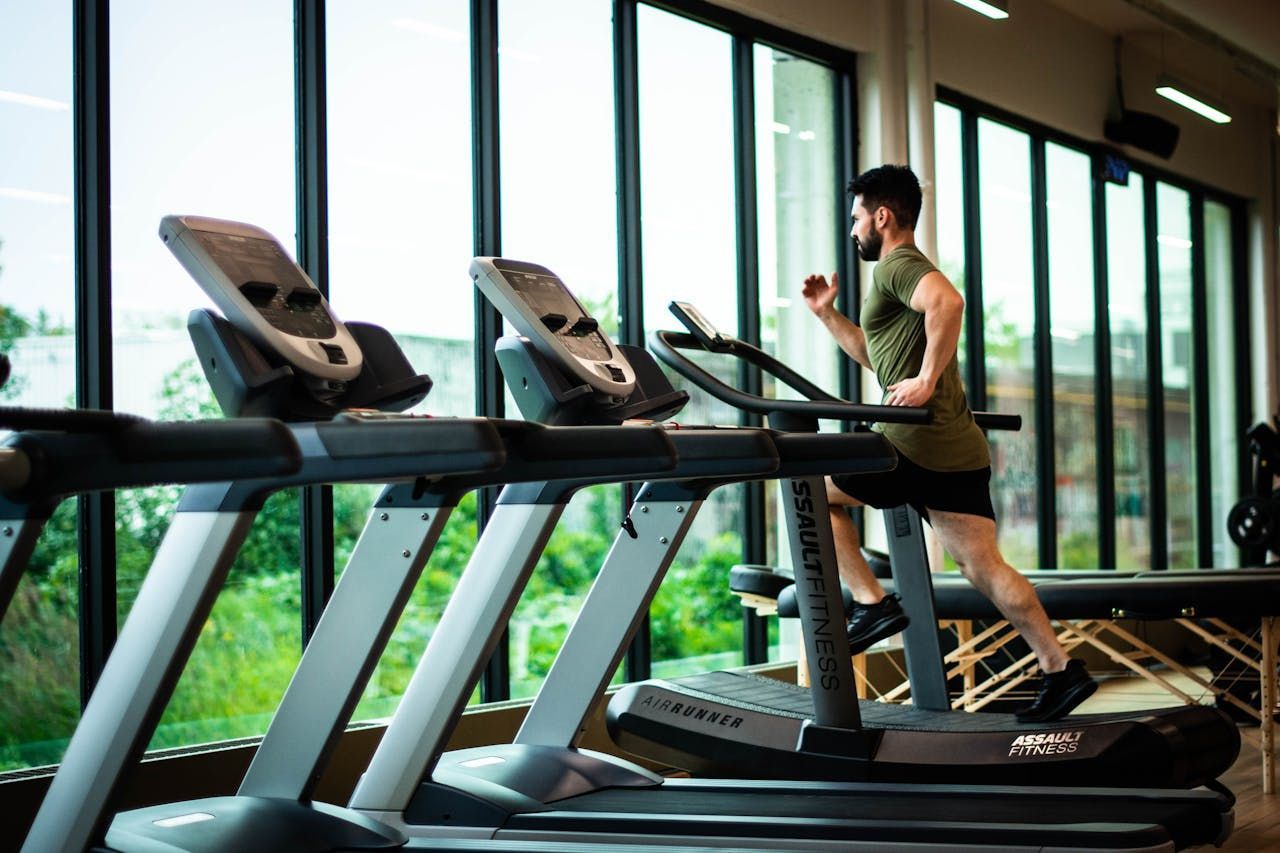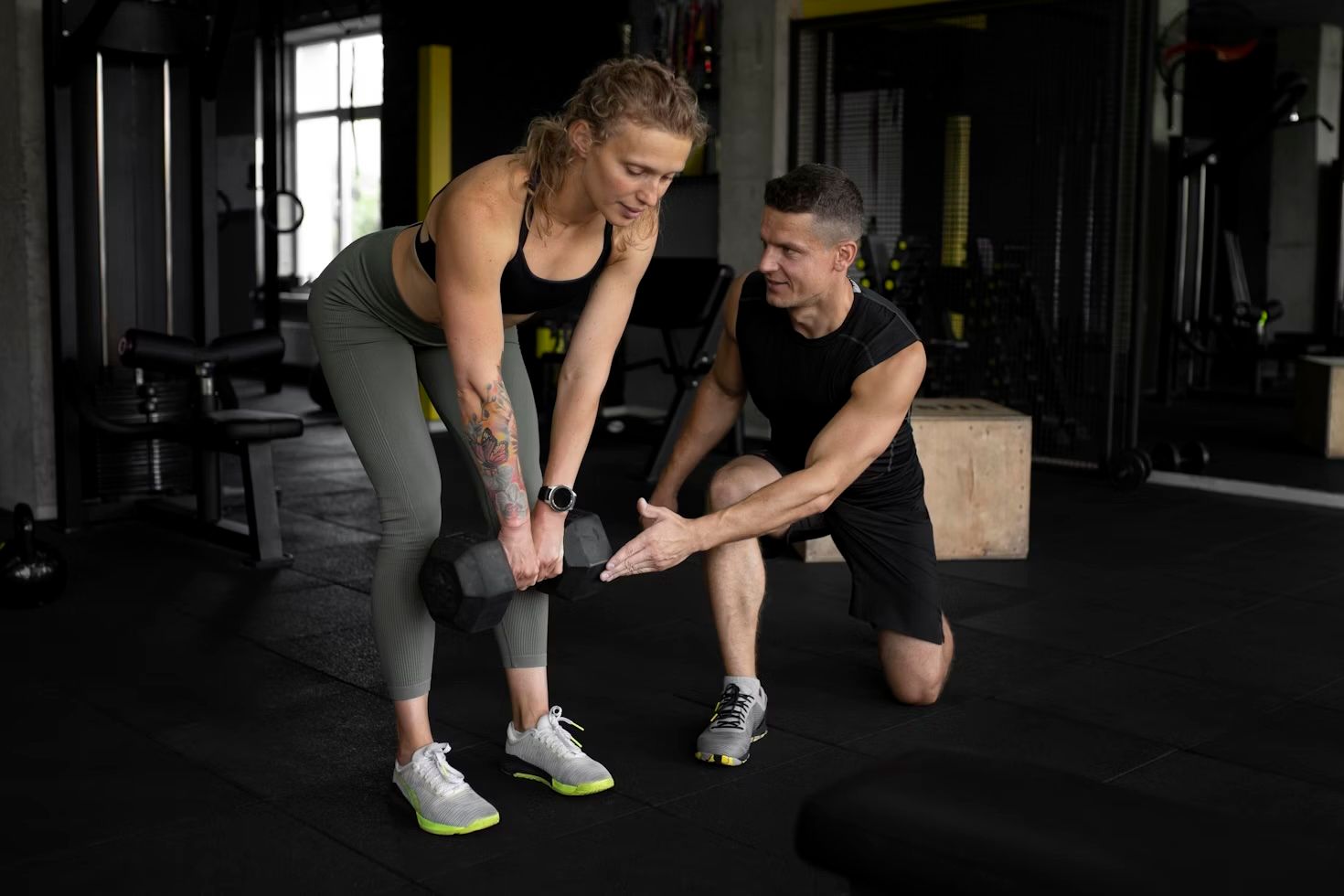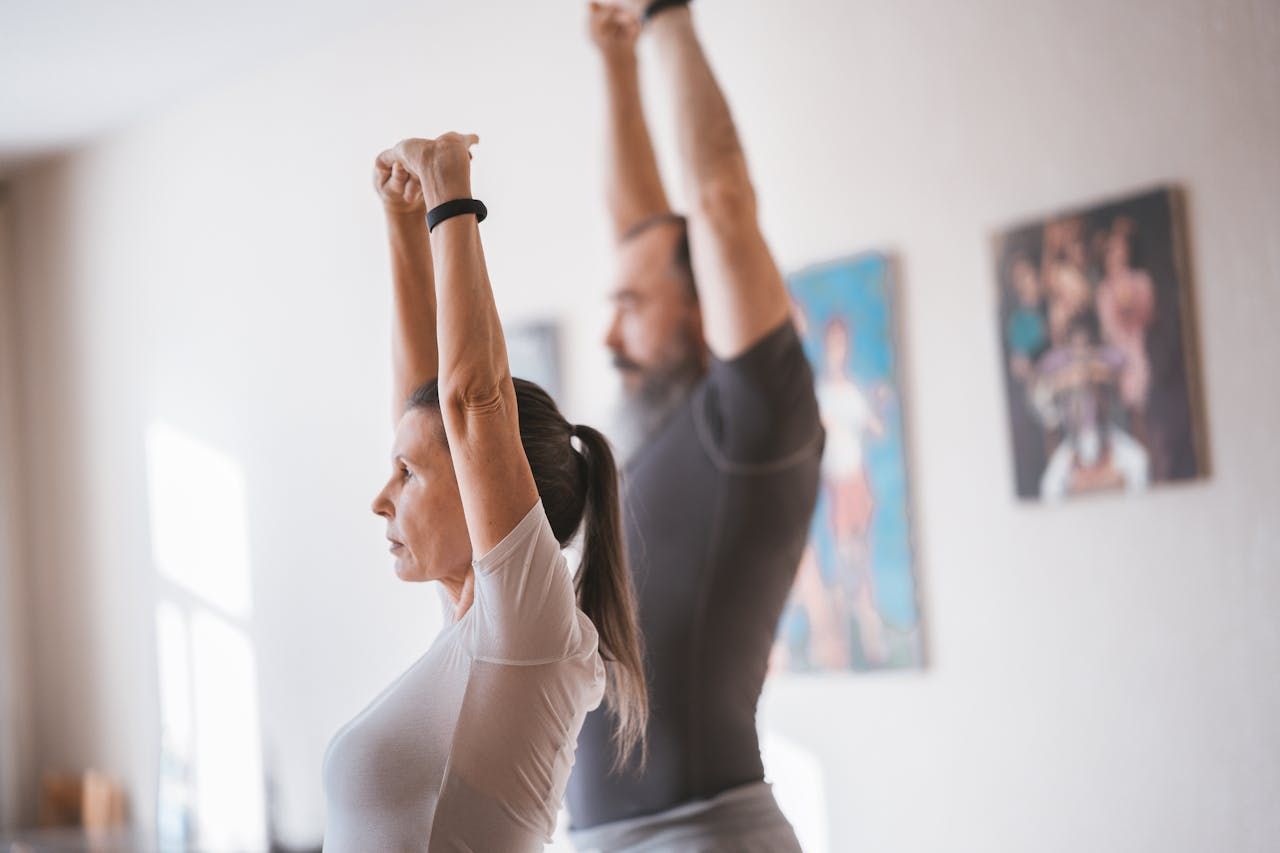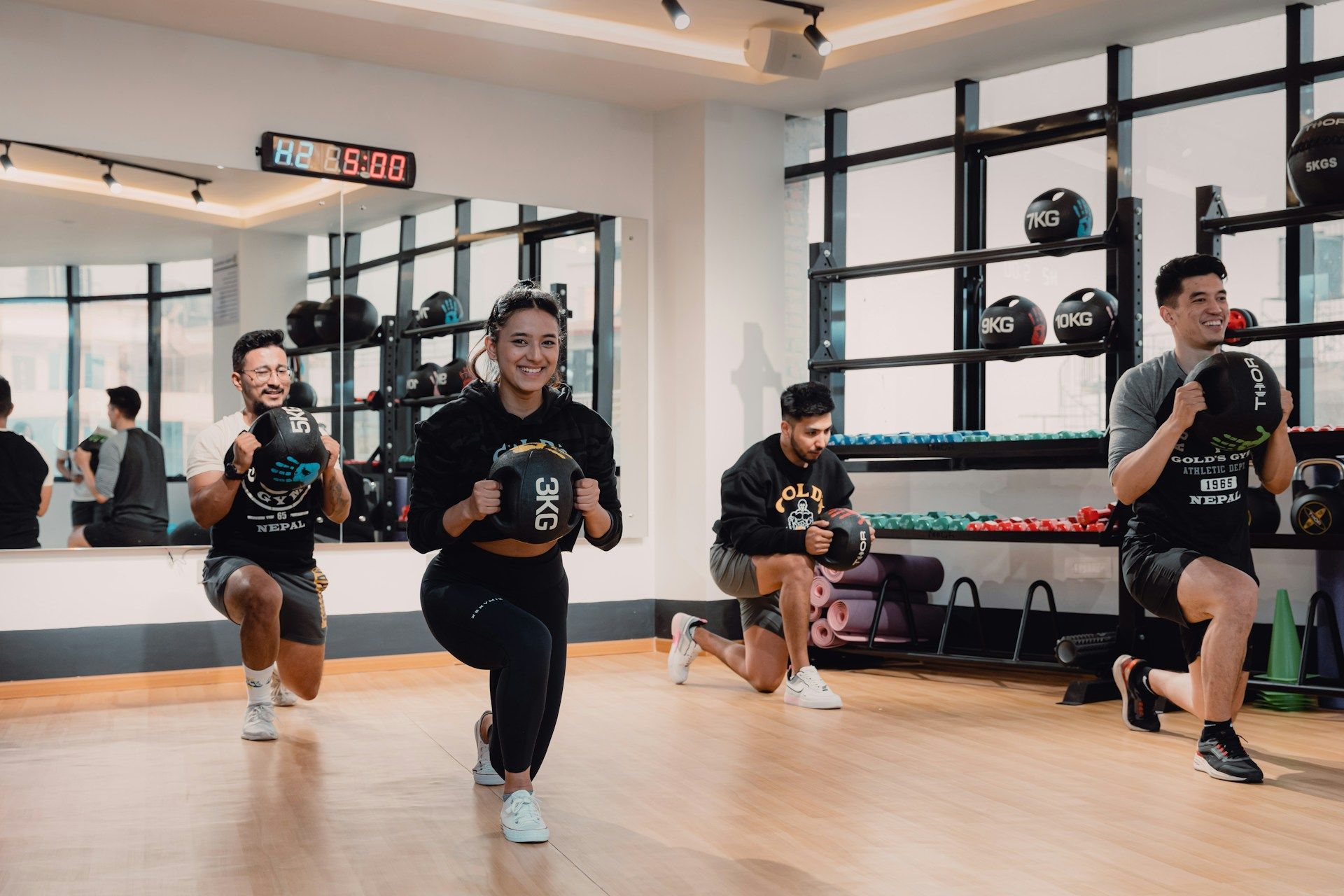Steps to Restart Exercise After a Long Break
Getting back into a workout routine after taking some time off can feel like climbing a steep hill. There's the mental hurdle of feeling out of shape, plus the physical side effects of being inactive. Your muscles might not move the same way, your breathing can feel heavier, and your motivation may not be where it used to be. Whether your break lasted a few months or a few years, restarting exercise in a safe and smart way is key to sticking with it long term.
The good news is, you don’t have to figure it out all alone. Working with a private fitness trainer at Live Oak Fitness in Decatur can take away the guesswork and help build a routine that actually fits where you are right now. Whether your goal is rebuilding strength, managing joint discomfort, or just making exercise feel fun again, having a professional by your side can make a big difference.
Remember, it is important for your health and safety to always check with your doctor or one of the personal trainers at Live Oak Fitness before beginning any workout program.
Acknowledge the Reasons for the Break
Breaks from exercise happen for all sorts of reasons, and most of the time, they’re not planned. Maybe you got sick, had a baby, took on more at work, or were dealing with an injury. Everyone’s situation is different, but it helps to take a minute and be honest about what led to the downtime.
Doing this isn’t about judging yourself. It’s about learning from what happened so the same thing doesn't stop your progress again. For example, if stress was the reason you gave up your workouts, it might help to rethink your expectations, build lighter days into your routines, or switch to something that feels less overwhelming.
On the flip side, if it was a physical setback like a knee injury or surgery, then easing back into exercise with care is even more important. The solutions often fall into two buckets:
- Life Changes:
Work demands, parenting, moving, or caring for a loved one
- Health Changes: Surgery, illness, chronic pain, or recovery from injury
Once you’ve got a clear view of why the break happened, you and your trainer can work together to avoid those same roadblocks moving forward.
Set Realistic Goals and Expectations
When jumping back into fitness, it’s common to compare yourself to how things used to be. You might remember how fast you used to run or how much weight you lifted. But if you're starting again after a long pause, it’s important to adjust your expectations or risk burning out or getting injured.
Rather than chasing your old personal bests, start by thinking about what feels doable right now. That might mean exercising two days a week instead of five. Or it could be walking for 20 minutes instead of going straight into a full workout.
The right trainer in Decatur can help you set goals that match your current ability, then work toward bigger steps. Some smart goals to start with:
- Show up and move for 30 minutes, twice a week, for one month
- Get through a workout without discomfort or pushing too hard
- Hold good form for basic movements like squats or lunges
Small wins build confidence. And once you see your progress adding up, it’s easier to stay motivated.
Start Slow and Increase Gradually
If your body hasn’t been active in a while, it needs time to readjust. Rushing back into intense training can do more harm than good. To stay safe and make things sustainable, take it slow.
Here are a few types of exercises that are gentle but effective:
- Walking or light hiking
- Swimming or water-based movement
- Seated resistance band routines
- Core activation exercises like bridges and leg lifts
- Slow-paced yoga or mobility work
A good plan should mix low-impact cardio, light resistance training, and flexibility work. There’s no need to cover all of that in a single session, either. Building in rest days, tracking how your body feels after each session, and sticking to shorter workouts in the beginning can help your body get used to moving again without getting overwhelmed.
It’s also okay to switch things up. If today’s walk doesn’t feel right, maybe tomorrow just do some stretching or foam rolling. The key is to listen to your body and work with a private fitness trainer who can adjust the plan when needed.
Incorporate Consistency and Routine
Consistency matters more than intensity, especially when restarting exercise after time away. In Decatur, late summer tends to bring heat and humidity, which can make it even tougher to stay motivated if your routine isn't already in place. Instead of pushing through long workouts, try making movement just part of your day. Even short sessions count when they’re done regularly.
Setting a fixed time for your workouts can help. Maybe you block out 8:00 AM before it gets too hot, or you fit in a short indoor session after dinner. Building routines around existing habits, like going for a 15-minute walk after morning coffee, can make it easier to stick to movement without overthinking it.
Here are a few tips to stay on track:
- Start with two or three workout days and gradually add more
- Mark workouts on your calendar like any other appointment
- Keep backup options for bad weather or low-energy days
- Train with someone or share updates with a friend to stay accountable
If your schedule gets busy or you hit a rough patch, don’t stress. One missed day doesn't undo your progress. Keeping your fitness routine flexible but consistent will carry you much further than starting too fast and stopping again.
Monitoring Progress and Adjusting Workouts
Tracking your progress can keep you moving forward without pushing too hard. In Decatur, as fall approaches, some days will feel easier than others. You might have extra energy or want to try something new. Other days might bring unexpected aches or tightness. Keeping an eye on how your body responds to different workouts helps you adjust in real time.
A private fitness trainer in Decatur can help spot patterns you might not notice. For example, maybe your balance is still lagging or your posture breaks down during certain moves. Instead of sticking with the same routine, your trainer might add a few targeted exercises to fix those gaps before they become frustrating.
Here are some basic ways to check your progress:
- Note how your body feels before and after each session
- Track how many reps and sets you do, and whether you maintain form
- Pay attention to how long it takes for you to feel recovered between sessions
- Take videos or photos to compare posture or mobility over time
Adjusting your plan doesn’t mean falling behind. It shows you’re listening to your body and improving with intention. Slow, steady progress is better than jumping ahead only to end up hurt or stuck.
Regaining Confidence and Enjoyment
Once a routine feels manageable, your next goal should be bringing back the joy. Finding ways to pair movement with things you already enjoy, like listening to your favorite music by the water or joining a small outdoor fitness group, can make your workouts feel less like a chore and more like a break from stress.
Building confidence takes time. Maybe you start with simple bodyweight moves and build back strength gently. Let each successful session remind you that you're moving in the right direction. Confidence also grows when you stop comparing your now to your before and focus on what your body can do today.
If you've always hated a certain type of workout, now’s the time to try something different. You wouldn’t wear the same clothes every day, so why stick with just one kind of movement? You can try:
- Short circuits that mix bodyweight and light weights
- Steady walking sessions in a nearby park
- Gentle mat-based routines like Pilates or stretching
- Games or recreational sports for fun movement
When you find something that clicks, it won’t feel like you’re dragging yourself through another fitness task. It becomes something you look forward to, which keeps the cycle going.
Ready to Restart With Support
Restarting your fitness journey might seem like a big task, but it doesn’t have to be. With a clear plan and a bit of patience, you can rebuild strength, boost energy, and feel better without rushing or risking injury. The most important part is knowing where you are today and shaping your routine around that, not where you were last year.
Getting help from a private fitness trainer in Decatur can take off the pressure of figuring it out all on your own. They can help track your progress, make changes when needed, and keep workouts feeling fresh. With the right kind of support, it becomes a whole lot easier to stick with your routine and enjoy the process along the way.
Looking to make your fitness journey more effective and enjoyable? Teaming up with a
private fitness trainer in Decatur
can be the perfect way to tailor your workouts to your specific needs. By working together, you can create a structured plan that evolves with your progress and keeps you motivated. At Live Oak Fitness, our trainers are ready to guide you every step of the way with personalized attention and support.











